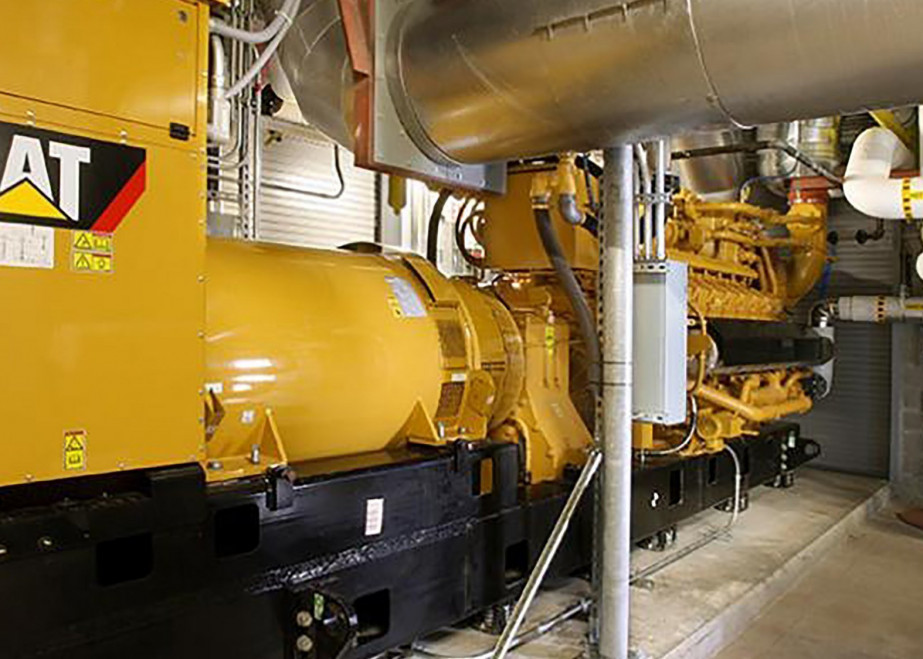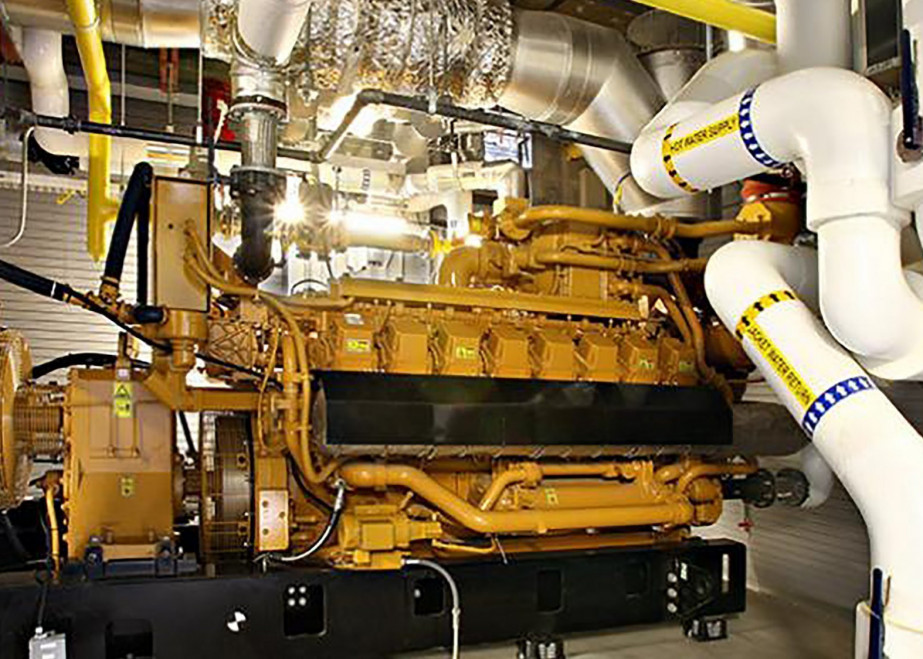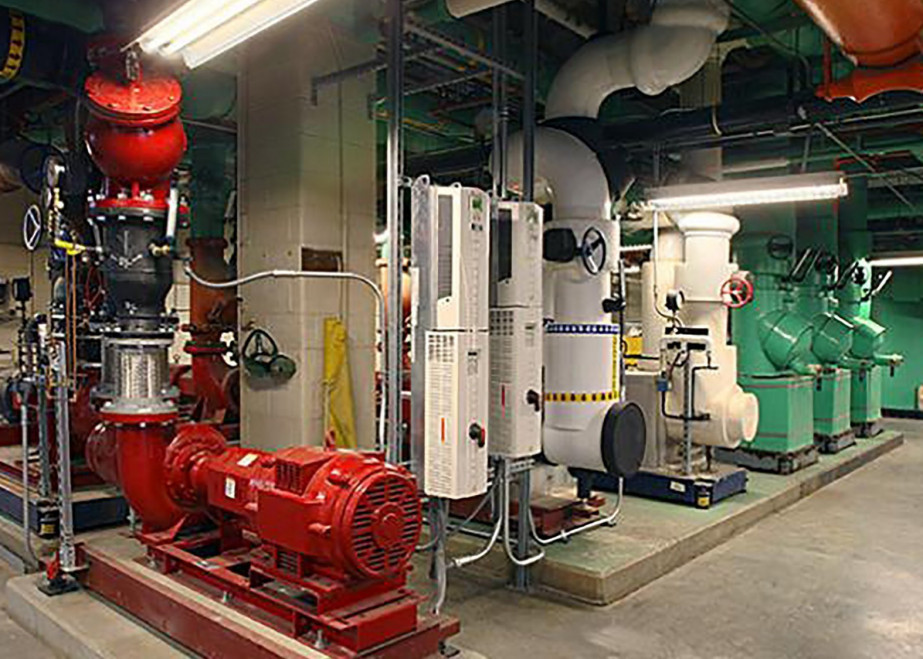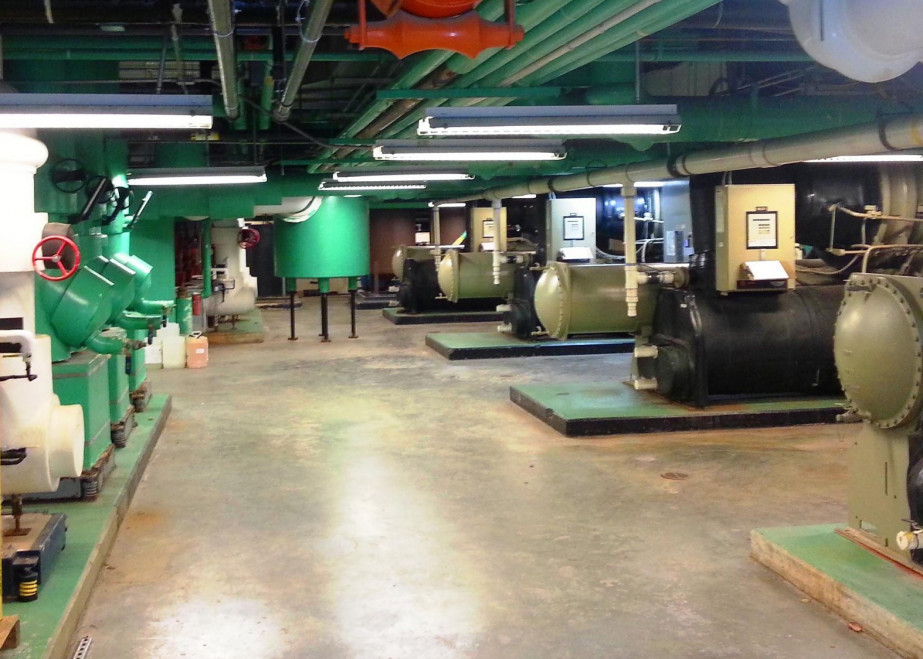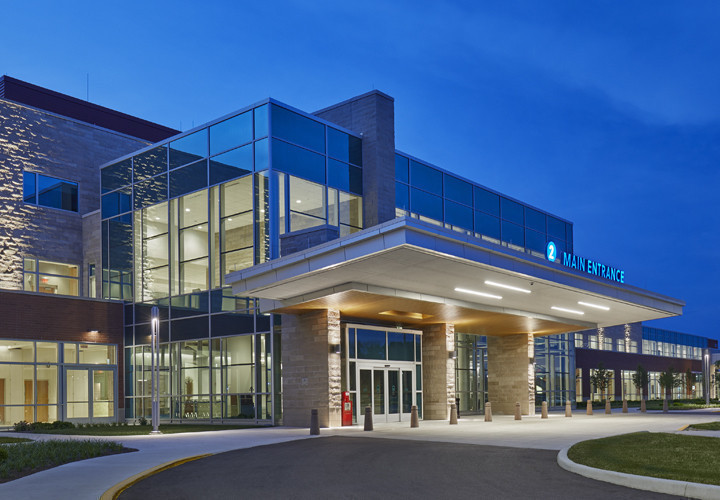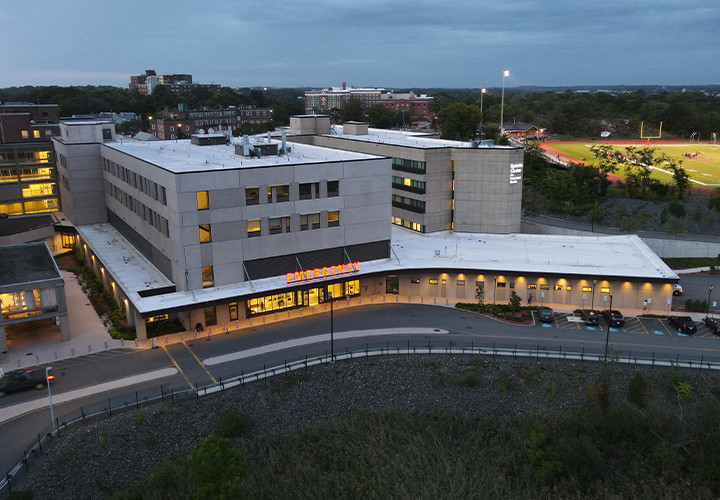The Solutions
The system was optimized to provide the best economic payback for the system owner, who executed a Power Purchase Agreement with the host facility (UCMC). This process involved measuring and collecting energy consumption data at the facility over the course of the project development process. This data was used in the development of an energy simulation to predict potential production values for the system. CMTA developed the simulation and software in-house as commercially available software was not deemed flexible enough to allow some of the innovative strategies that were examined and eventually included in the final design. The system has historically produced 10-13 million kWh annually and is predicted to deliver over $9 million of savings over the course of its service life.
The power generator and heat recovery steam generator were paired with a multi-energy absorption chiller to provide additional cooling capacity at the facility’s central plant. The chiller helps fill voids in the hot water demand that might otherwise result in the engine wasting jacket water heat and provides the hospital with an additional 350 tons of cooling that allows the central plant to serve the entire facility peak demand without one of the electric chillers. Prior to the addition of the absorption chiller, the plant was struggling to keep up with increasing chilled water demand without sacrificing equipment redundancy.
The system employs an electrical load-following scheme that sets it apart from similar projects. This control scheme was carefully studied and scrutinized during the design to ensure that the extra investment in capacity would serve the owner efficiently. The load-following sequence modulates the system output in response to real-time electrical and thermal demand data to produce as much energy as possible, without exceeding what the facility requires.
